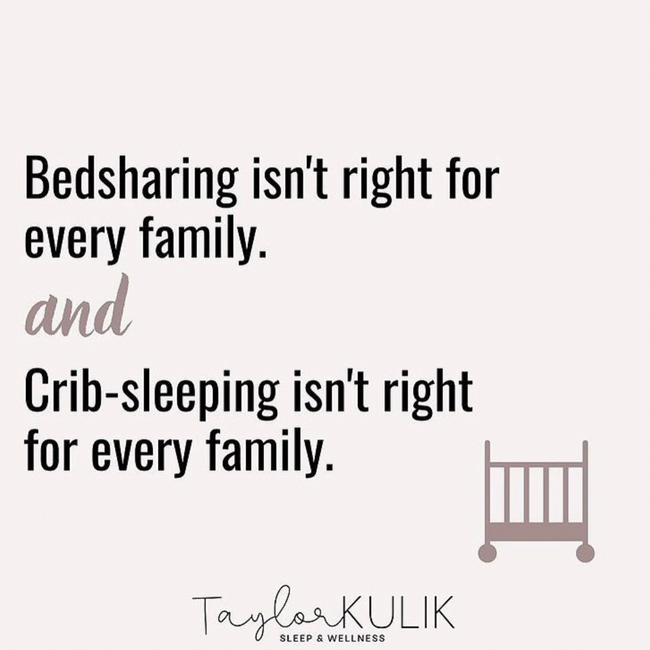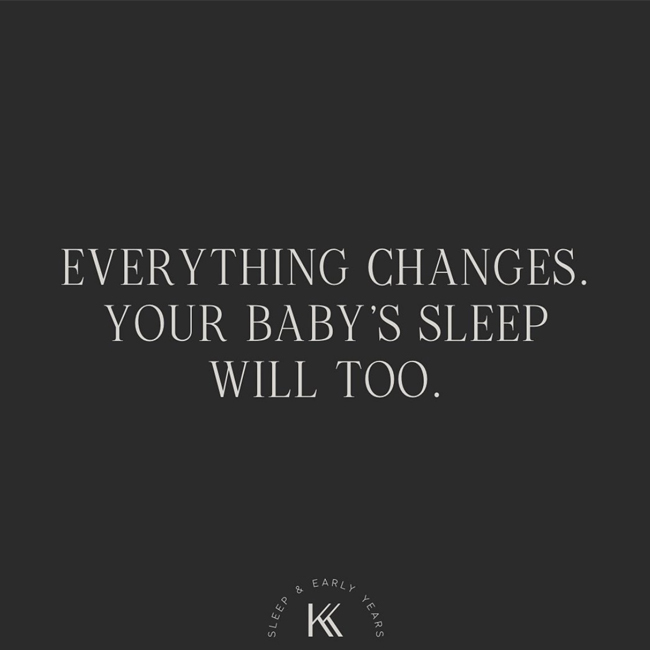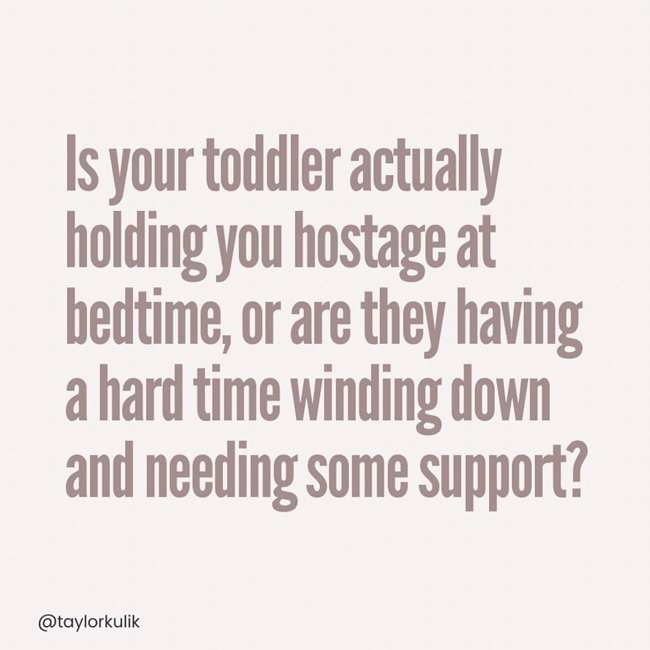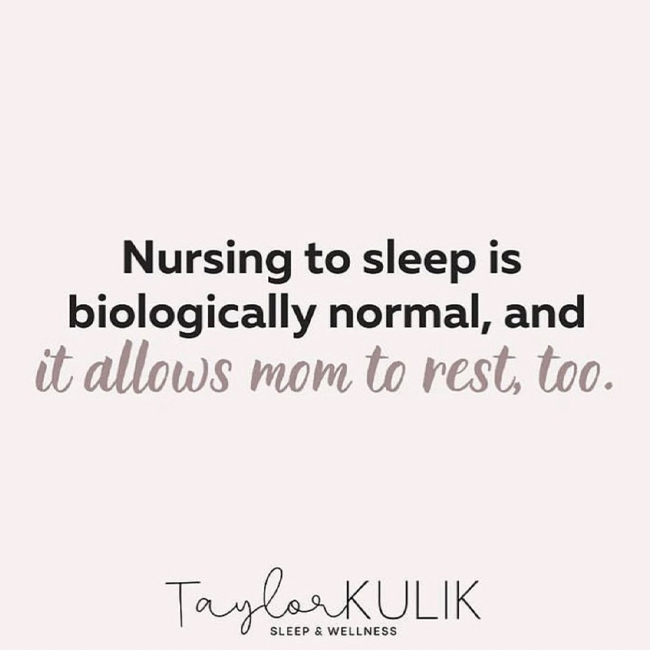I often struggle to write parenting posts, especially as they relate to very divided topics, because I feel like every sentence I say needs to come with a disclaimer. So, I will try my best to share our truth, while knowing it may not be the [North American] norm, and with great hopes to never offend. If you believe very strongly in sleep training, this may not be the post for you, and I totally understand you hitting x, or heading over to a post that speaks more to you. If you’ve chosen to sleep train, and you still feel like reading, thank you – I know you’ve chosen what worked best for your family, and I so appreciate you celebrating me doing what works best for mine.
Along those lines, the usual important disclaimers: I am not an expert. I am not a child psychologist. I am a mom sharing her story, and answering your questions (sent over via IG). Please don’t take my story as the end all, be all. Please listen to your own child, evaluate your family’s needs, and do your own research and investigating, as you need. I can only share my experience, and my answers alone may not show the layered and differing experiences that every parent has with their own child.
If a child is very “content”, often their needs are harder to hear, or require us to listen a little bit extra, because they aren’t shouting it from the rooftops. My child has always been a “shout it from the rooftops” kind of kid, so I’ve never had to guess where she stands or how she’s feeling. Now, let’s begin!
What do I define as sleep training? Why did we choose not to sleep train?
As always, I’m never telling anyone what to do. From a personal stand point, I will never choose to sleep train any of my babies. Sleep training is very widely accepted in North America, but I’ve dived too deep into the history and neurological impacts of sleep training to be able to do it myself. I do believe babies know how to sleep and often their difficulty sleeping is because of their biological need to be close to us. I always refer back to the example of us as cave people – we would have never put our babies alone in another cave to sleep. Even though our babies are not in caves anymore, they don’t know that – they truly don’t know we are just in the other room, on the other side of the wall. So, without diving too deep into this very divided topic, I’ve chosen to simply respond to my baby/toddler/kid whenever they need, however they need, in regards to sleep. We have never used any sort of sleep training method for C – whether it be cry it out, or a more gentle approach; I have supported C to sleep for her whole life and what that support looks like has changed over time, and I’m sure it will continue to change as she gets older. I highly recommend you head back to my two previous posts about baby sleep and bedsharing/co-sleeping and contact naps to learn more about C’s sleep as it was relevant in her first year (or so) of life.
Are there any books I referred to?
A book I really enjoyed was Our Babies, Ourselves – it discusses how babies are raised in many different parts of the world and sheds light on how our culture has shaped how and why we raise our babies the way we do. I also enjoyed Sweet Sleep, which is a book by La Leche League, and is very much focused on a breastfeeding and co-sleeping relationship for the youngest years of life. I do have to say, I have read many sleep training books to compare, and they never resonated with my gut instincts, even though I can see how they would resonate with my Type-A personality. That being said, following C’s lead has always given us plenty of sleep, and a pretty consistent routine [the routine has changed as she has aged and reduced naps].
If you are interested in supporting children’s sleep without sleep training, I suggest these three IG accounts: @taylorkulik, @kaitlinklimmer, and @islagracesleep.
When did we transition C to a floor bed and how? Does she use a blanket or pillow?
When C was a baby, we had a basinette beside our bed. That basinette was often used for part of the night. Once C could roll over, we had to transition her out of that, so we set up the Pack n Play in our room for times she wasn’t in our family bed. At the point she outgrew that, we took to putting her crib mattress on the floor in our room, and that’s when the floor mattress began. That would have been around 1-year-old. I should point out that Health Canada and The American Academy of Pediatrics do suggest a baby sleeping in the same room as a caregiver (even though they haven’t gotten on board with safe bedsharing yet) for at least 6-months, but ideally 1-year.
1 year came, and we weren’t ready for C to leave our room, so she stayed on her floor mattress, and when she had a wakeup, she would come into our bed. Once we moved to Seattle in September, our apartment was set up in such a way that C’s room was much closer to us, right beside our room, so we decided it was a good time to transition her to her own room. She was around 17-months at that time. The best choice we made, (which I highly recommend to anyone who has this as an option) was getting her a Queen-sized bed. That way, when she woke, instead of bringing her back to our room, we transitioned to settling her again (or staying with her, for that matter), in her room, where there was lots of space for all of us!
The transition to the floor bed was not a challenge for us, because C has never really slept in a crib, so what she already knew was a bed. The bigger transition was simply her going to her own room, but with the timing of the move to Seattle and being in a new home altogether, I think it made the transition even smoother…it was smooth for her at least, I was/am the one who still misses her when she goes to sleep in her own room!!
In terms of blankets, they aren’t recommended until at least a year, but I waited longer than that, probably around 17-months when she was sleeping in her own room and didn’t have my warmth from bedsharing. She still doesn’t use a pillow, which isn’t recommend until 2-years-old. In terms of safety, once a child is out of a crib, please remember to make the room completely safe – keeping cords away, making sure dressers cannot be climb on/tipped over/pulled down, etc.
What mattress did we get for her floor bed?
We were very excited to get the Avocado Mattress, which I know isn’t available in Canada (yet!), but we are really loving it!
What do naps look like now? When did she transition out of naps in the carrier?
You know when people say things are a blur? I understand that to a degree now, in the sense that if I didn’t write things down, and have this platform to refer back to, I would probably forget lots of time frames. Because even now, I’m trying to think of the exact time that C transitioned to one nap a day, and I think it was around 15-months, give or take. That is around when we transitioned out of the carrier for naps. Once she was down to one nap a day, it felt like a more solid nap, and it was best for her to have her space in a room where she wouldn’t be disrupted. Her nap is pretty routine now, and with only one nap a day, I do really try and honour it, so she’s well-rested. I know if that nap doesn’t happen, she can’t fully enjoy the evening. A normal day for C is her waking up for the day at 7am, napping from 1pm-3pm, and then going to bed at 9pm. Her nap is usually in her room, if we are home, and I do try and be home as often as possible, because while before it was easy for her to nap in the car, or in the stroller, or on me on-the-go, now those naps don’t usually span 2 hours. Plus, that’s also my designated work time!
Does C ever have sleep refusal or stalling? What do I do?
As of recently, if she falls asleep anywhere else, even for 5 minutes, it means her regular nap is shot! Her nap just simply won’t happen. So now I will sing and dance, I will make every funny sound I can think of, I will ask her every question I can, in order to keep her awake until we get home…especially in the car, when that lovely motion just lulls them to sleep!! If we miss her nap, it does mean an earlier bedtime is needed, so we just listen to her and how she’s doing. For bedtime, sometimes there’s lots of excitement we are coming down from, which will mean a little longer to get to sleep, but with dimming the lights, getting cozy in bed and reading stories, and then the magic of breastfeeding, she calms and hits her zzz’s! I like to think of bedtime as being a range, and knowing that there may be some extra stories, there may be extra cuddles, but eventually she will get there, and I try and enjoy that quality time we get to spend together – something I won’t ever regret!
When did I stop “going to bed” when C went to bed?
Again, I followed C’s lead on this. When I “went to bed” with her, by that I mean either me or my husband staying in the room once she went to bed, it was because she literally could not stay asleep without our presence. At some point, she just could! And I believe that to be the same with all things…at some point kids need us less and less in certain ways, and they can do more and more on their own. I don’t think any of it can be rushed. Just know, if you’re in that stage, it will pass! So, once she was able to stay asleep on her own, she was on her floor mattress, and we would listen for her if she woke. We have always managed to still honour the evenings we are together as a family and a couple – you sometimes just have to be creative and roll with how life looks different in different stages.
What is our bedtime routine?
Our bedtime, if we are at home in the evening, is probably pretty similar to most people’s routines: Have a Bath, Brush Teeth/Hair, Use the Toilet, Put on Jammies, Read Books, Breastfeed, Sleep! Sometimes we don’t have a bath. Sometimes we get home late and C is so tired that we don’t have time for books. But, we just adjust as we need to! C still wakes in the night, and that is okay! As adults, we wake in the night. No one “sleeps through the night.” If you are at all concerned that your child’s night wakings are due to something of concern, listen to your instinct, and dive deeper. But, kids wake; Adults wake. The challenges adults find with kids waking is often that it also wakes them! Which is fair enough. Something that has helped me the whole way along is the mindset that my child needs me, and her need for me isn’t less relevant because it’s night time. Our bedsharing relationship has also always been a gift, because even when she does wake, I am cozy and relaxed, and able to easily fall back asleep. On that note…
What do night wakings look like on a floor bed? Do I nurse at night wakings?
When C would wake in the night on her floor bed, at the beginning, I would often settle her back down and leave again, but that would result in me having to return to her room later in the night. Eventually, I decided that when she woke, I would go settle her and stay in her room…meaning more sleep for me! Often her bed just becomes the family bed of cuddles!
I would nurse her at night wakings until around 21-months! Then, when I felt like she was ready to night wean, we switched to cuddles, patting, and singing back to sleep, instead of nursing.
Of course there are times she will wake, roll over and put herself back to sleep, but for all those times where she needs my support, I know that her “dependence” on me is “fostering independence” and also creating a relationship between us based on trust and love.
Do I have tips on getting baby to sleep without nursing, to prepare for other caregivers?
This is what I’ve learned, and I should point out, mostly from other’s experiences, because very few people have had to put C to sleep other than me (except for a handful of times). Kids go down differently for different caregivers. When J puts C to sleep, she doesn’t expect him to nurse her to sleep. When anyone puts your child to sleep who isn’t the breastfeeding-caregiver, they won’t expect to nurse, so, as long as you’re okay with it, I would say, don’t give up your super power. At least that’s what I’ve always said! Your child will still sleep for someone else, regardless of you continuing to breastfeed or not. That being said, you can work other ways of getting baby to sleep into your routine, or in addition, if you think it will help. For example, C has always loved Lady by Brett Young – from her youngest days it would always settle her. She literally calls it her sleep song now, and knows it’s her sleep song, so she doesn’t want it on when it’s not sleep time. That song is a resource that has been super helpful when my mom, or a babysitter, or Jordan has had to get C down for her sleep!
For night weaning, however, we talked about it a lot – I explained to C that there was no more milk when she woke in the night, but that I would be there to help her get back to sleep. By already having those “layered in” sleep associations, like singing, patting, cuddling, she was able to adjust pretty quickly, but she was also at a verbal age of understanding. Regardless of their age though, I would say, talk to them – you’d be surprised how much they understand!
What does her sleep look like when we change locations?
Again, the beautiful thing we’ve found from being comfortable with bedsharing is it makes it so easy to jump from place to place. Not only from a less items standpoint, but also from an adjustment standpoint – C adjusts so well to being in hotels or different homes, because as long as I’m there, she feels right at home! When we’ve gone to hotels, we have continued to bedshare. At Christmas, when we spent time in our Calgary home, it was the first time we introduced C to her own room, but my mistake, I got her a twin bed there, which is not as suitable for bedsharing as a queen, so during that time, when she woke, she came back to our room! Moral of the story, you can make it work where ever you go!
What advice would I give to a young couple thinking about starting a family?
Talk, talk, talk! I’ve said this before in my post about books worth reading for relationships, but reading 10 Conversations to Have Before You Get Married is a worthy read, even if you are already married! Why? Because it gets you talking. It gets you communicating. It gets you bringing up topics that you wouldn’t ever think to bring up without the book! So much of parenting is based on instinct, and feeling out/communicating things as you go, but I feel like learning and discussing as much as we did beforehand set us up for success in terms of parenting on-the-same-page. Looking at examples of other families, not to judge, but to compare what your hopes are for your own family is really helpful. And at the very least, agreeing beforehand to be a team…to take things in stride, to work through the challenges, and to know that starting a family will make your life look so different, but so amazing!!
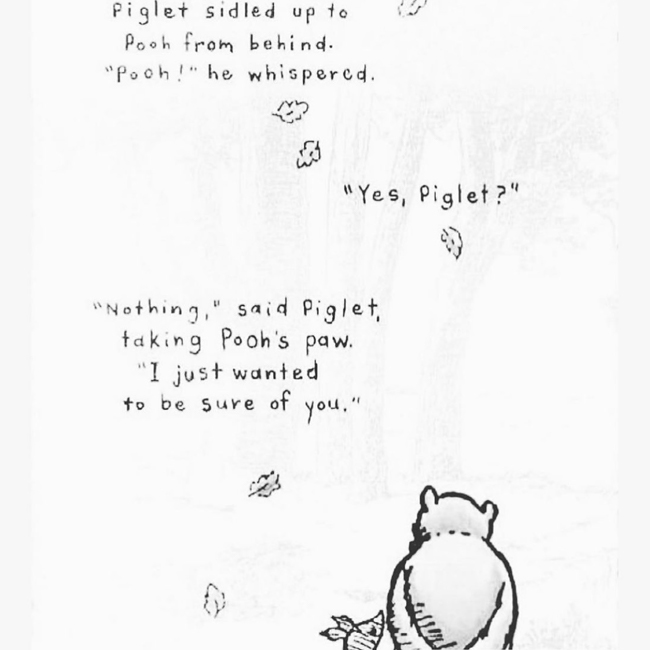
So, if your house also looks like a case of musical beds, embrace it. I know I will one day miss it!
All the best, thanks for reading!

